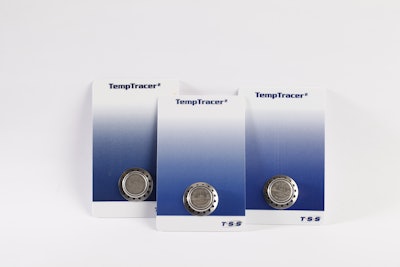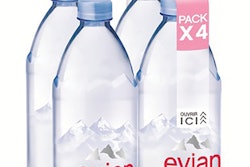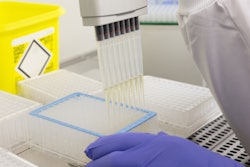
Managing multiple global and domestic clinical trials for temperature-controlled products requires attention to detail at a granular level. With adoption of Good Distribution Practices 2013/C 343/01, documentation requirements for transportation and storage conditions are more stringent than ever for medicines.
To capture the data needed and protect up to 150 shipments per day, The Coghlan Group, an expert in clinical trials, relies on data loggers and temperature-controlled packaging such as active and passive qualified shipping containers. Operating from a secured facility in Bastrop, Texas, near Austin Bergstrom International Airport, the 20-year-old secondary packaging and labeling facility also handles the logistics of shipping clinical materials worldwide including transportation charges, insurance, documentation, duties and taxes.
Unfortunately, the data loggers Coghlan included in shipments of refrigerated and frozen products weren’t providing sufficient visibility and required manual launch and recording of serial numbers. When a shipment arrived at its destination, recipients had to download temperature data, save it to a hard drive and email it to Coghlan. This cumbersome process meant recipients often were slow to transmit the data or neglected to send it at all. So if temperatures during the trip exceeded parameters, data often arrived too late for Coghlan to take action and save the shipment. Furthermore, linking temperature data to its data logger and shipment destination, a necessity for compliance requirements, was a time-consuming task. Reviewing data was laborious too because it required each downloaded file to be opened and renamed.
So Coghlan transitioned to one-way TempTracer data loggers from TSS, a Sweden-based firm, with U.S. offices in Dallas, Texas, and Boston, Massachusetts. “TSS offers a multi-trip data logger with 12-month NIST calibration, but it’s not practical for us right now,” reports John R. Davis, M.A.O.M., director of business development at The Coghlan Group. “We have too many shipments to destinations where returns are unlikely,” he explains.
Data loggers record in-transit conditions. To organize the shipment data and make it more readily accessible, TSS links each TempTracer data logger to its cloud-based CCIS temperature monitoring software and analytics, which is supplied at no extra charge. To maximize functionality, the CCIS software also works in conjunction with Coghlan’s interactive web response system (IWRS). The web-based interactive tool automates activities such as tracking subject status/visits, managing drug supplies/shipments and randomization. The tool is supplied by Coghlan’s data management clinical research organization (CRO), Everest Clinical Research Services, which is headquartered in Markham, Ontario.
At present, Coghlan monitors about 80 percent of its shipments in the cloud using the CCIS system. When these shipments are received, the TempTracer data logger is removed and placed in a TempTracer cradle. Designed for clinical trials, the cradle plugs into a USB port on any web-enabled device and requires no software or installation at the recipient site. Data related to temperature trends, transit time, alarm rates and compliance automatically upload to the cloud. “All shipment parameters are organized in a customized dashboard and information is immediately accessible to all stakeholders including sponsors, CROs, clinical research associates, depots and sites via a portal,” says Davis. As a result, he adds, “CROs and depots can monitor destination site compliance remotely and in real-time. It only takes a glance at the dashboard to identify any shipments that need attention. If the data show temperatures didn’t stay within prescribed limits, we have plans in place to address the situation quickly. If the excursion isn’t too severe, we can clear the shipment without going through a whole quality review.”

























